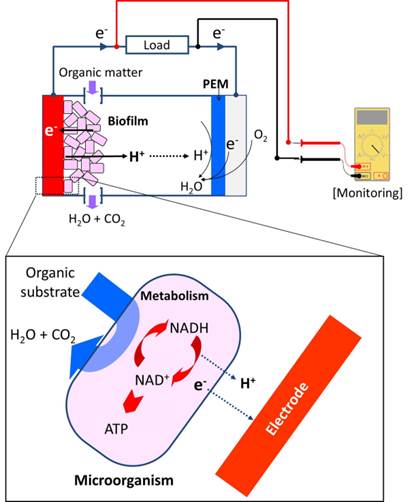|
Water quality monitoring

|
The National Academy of Engineering has
identified ˇ°provide access to clean waterˇ± as one of fourteen ˇ°grand
challengesˇ± for engineering in the coming decades. The monitoring of water
quality is important for providing safe and clean drinking water to the public.
Conventional techniques for monitoring the water quality are commonly based on
physicochemical analyses, allowing accurate and sensitive detection of the
various chemical compounds. However, conventional monitoring techniques are
time-consuming, cumbersome and require a wide range of instrumentation.
Moreover, these techniques cannot measure synergistic and antagonistic toxic
effects that may be associated with biological and chemical mixtures. Another
approach for water quality monitoring is based on the use of living organisms
such as fish, protozoans, algae, bivalves, and daphnids. This technique
monitors a wide range of toxic components by detecting various changes in the
behavior, survival, growth, or physiological conditions in those water
organisms. However, it still suffers from evaluating the enormous amounts of
information of continuously monitored organisms. Therefore, simple, fast,
sensitive and generic biosensors are needed for real-time applications.
Microbial fuel cells (MFCs) can
potentially be used as a biosensor for the detection of water toxicity because a
broad range of toxic components can inhibit bacterial metabolic activity. MFCs
are bioelectrochemical systems that produce a current through bacterial
metabolism. Consequently, the current generated from the MFC can be used as a
measure of the water quality because a change in electrical current depends on
several environmental factors including pH, dissolved oxygen, biochemical
oxygen demand, and other organic compounds. In particular, the presence of
toxic substances in water, such as formaldehyde, benzene, hexane toluene and
heavy metals, significantly affect the bacterial metabolism and growth.
Therefore, if the current drop is monitored from the MFC biosensor, an alarm is
given and proper measures can be taken to protect our waterways from pollution.
|

